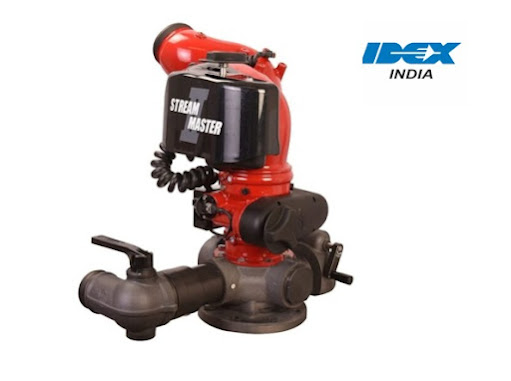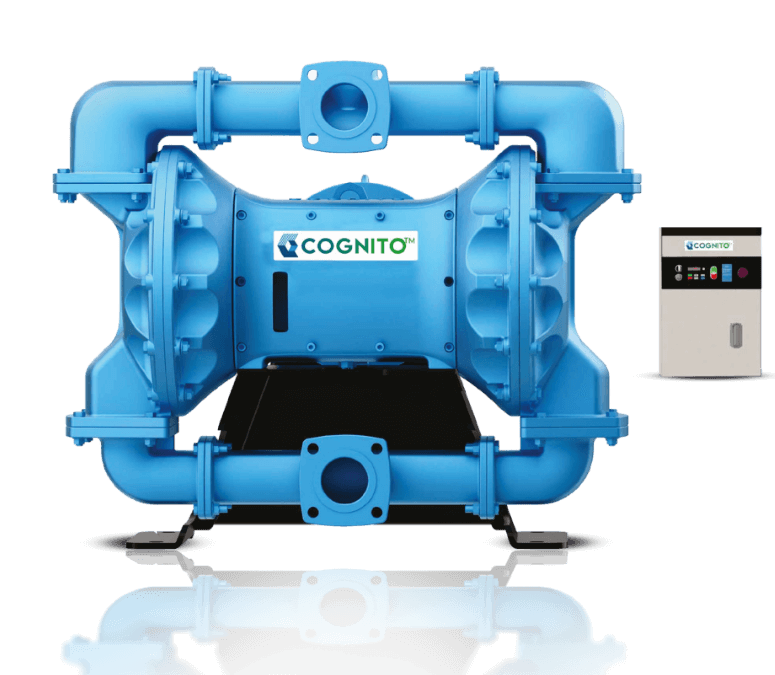Fire Fighting Monitors Function and Uses
 |
| Fire Fighting Monitors Function and Uses |
Fire Fighting Monitors play a crucial role in ensuring fire safety. They are used to combat large fires that pose significant risk to life & property. The use of these monitors is necessary to project water or foam in sufficient quantities from a safe distance.
Fire Fighting Monitors, often referred to as the guardians of fire safety, are industrial devices used to deliver large water flows for firefighting purposes in high-risk or hazardous industries. They can be manually or automatically controlled, and they can be portable or fixed to fire fighting vehicles or firefighting robots.
Fire Fighting Monitors play a significant role in fire safety. They allow firefighters to combat large fires effectively and safely, protecting both people and property from the devastating effects of uncontrolled fires. They are installed in harsh environments and will normally remain unused for many years, then be required to operate at peak performance in an emergency. Selecting the appropriate material is crucial for achieving optimal performance. Materials with high corrosion resistance, such as bronze, are employed in demanding environments like offshore oil rigs. This is particularly important in harsh saltwater conditions, where the durability of a monitor can be significantly challenged.
Fire Fighting Monitors come in various types, each with its own distinctive features and applications. Here's a closer look at the different types of Fire Fighting Monitors:
Fixed Monitors: These are installed permanently in one place. They are predominantly used in purpose-built fire protection systems. They can also be mounted on trailers to provide the advantage of being mobile. Fixed monitors are employed in firefighting applications using foam or for the purpose of cooling structures with water.
Portable Monitors: These can be carried from one place to another. A portable monitor can be moved from hazard to hazard to provide a rapid response when needed.
Vehicle Mounted Monitors: These are mounted on a vehicle for firefighting operations. Firefighters can manage them either remotely from a distance or manually on-site.
Water Monitors: These typically project only water. Water monitors and foam monitors serve distinct purposes.
Foam Monitors: These can be used to project water as well as foam. Monitors designed for foam emission utilize special nozzles that facilitate foam induction for concentration.
Fire fighting monitors are versatile tools that can be adapted to different fire suppression scenarios. Their adaptability and capacity to address diverse fire risks make them valuable assets in comprehensive fire safety planning and management.
Fire fighting monitors can be adapted to combat different types of fires. For instance, water monitors are typically used in situations where water is the most effective extinguishing agent. On the other hand, foam monitors are used in situations where foam is required to suppress the fire.
Fire fighting monitors can be adapted to different environments. Fixed monitors are generally designed for heavy-duty applications such as aggressive chemical plants or offshore platforms. Portable monitors can be moved from hazard to hazard to provide a rapid response when needed. Vehicle-mounted monitors are used in firefighting operations where mobility is crucial.
IDEX India stands at the forefront of providing a comprehensive array of fire fighting equipment and solutions tailored to meet the diverse requirements of fire tenders and emergency response teams. Among their key offerings are firefighting nozzles, crucial for directing water or extinguishing agents, available in various types to suit different fire fighting needs. Their fire fighting monitors, or water cannons, deliver high-capacity, high-pressure water streams, particularly useful for fires beyond the reach of standard equipment. Akron Monitors, a product under Akron Brass from the IDEX portfolio, exemplify reliability and innovative design, contributing significantly to life-saving efforts. IDEX India also provides vehicle-mounted and portable fire pumps to boost water pressure during firefighting, along with essential tools such as hydraulic rescue tools (Jaws of Life) for extricating individuals from wreckage. Their hydraulic re-railing equipment aids in restoring derailed trains, while pneumatic lifting bags and emergency shoring equipment play pivotal roles in disaster recovery and structural rescue situations, respectively. These meticulously designed tools and equipment are indispensable in empowering firefighters and rescue personnel to respond effectively to emergencies, safeguard property, and save lives, addressing the diverse needs of the firefighting community in India.
Fire Fighting Monitors are indispensable guardians of fire safety, playing a pivotal role in controlling and extinguishing large fires effectively. Their versatility, whether as fixed installations, portable units, or vehicle-mounted systems, enables them to adapt to various fire suppression scenarios and environmental conditions. The functions and significance of Fire Fighting Monitors extend beyond the immediate firefighting operation, contributing substantially to comprehensive fire safety measures. The choice of monitor type depends on specific requirements, such as the nature of the fire, environmental factors, and the mobility needed for the firefighting operation. As technology advances and climate change influences fire dynamics, the continuous adaptation of fire fighting monitors remains crucial to ensuring their efficacy in safeguarding lives and property. Overall, the strategic integration of Fire Fighting Monitors into fire safety planning enhances the resilience of industries and communities in the face of fire-related challenges.



Comments
Post a Comment